|
Ever since the late 90’s, Céline Duval has been collecting photos: amateur snapshots, postcards, photos cut out from magazines, as well as her own pictures. Out of this collection, which the artist calls documentation céline duval (without any capital letters) she has edited a series of publications: prints, books, as well as a magazine, mailed directly to her subscribers: “La revue en 4 images”, which has now reached its 56th issue. The concept is simple. Each of her editions works as a series. 4 images, sometimes more, sometimes less, are put together for their repetitions or in order to make up a micro-narrative. There is an obvious connection with film editing or collage. But even if the images are very carefully chosen and put in a precise order for them to match or at least echo each other, documentation céline duval goes beyond this. The preparation of each of her photos involves minute corrections such as reframing and retouching with no reverence for the document. This clears up the frequent misunderstanding of her art as being sociological. She is of course concerned by the issue of stereotypes and recurrent events, not in the sense that these might be the result of any given society but more as a basic element of mankind in itself. Indeed, if one takes a closer look and goes beyond what the images show in order to concentrate solely on the way each one of them is built, one will grasp the intricate arrangements of shapes. Lines everywhere: verticals, horizontals, most of the time both combined in their interdependent connections, like vectors of energy by which some fundamental questions find their expression. What does top and bottom mean? How does one take possession of space? How does that which rises stay in balance at the risk of falling? Of course there is something here that could relate to the question of abstract art. But clearly what mostly concerns documentation céline duval is how it can be read as a metaphor of our relationship to the corporal, intellectual, singular or collective world surrounding us. What is this world really made of, earth, sky, intervals, horizon? How does all of this hold together and most of all how do we fit in? In other words how do we live in it? This repeated questioning holds all the subtleties of surprise, mistrust and wonder that these questions may conceal. This is no doubt what explains the ambivalence one feels when looking at documentation céline duval’s work. There is both harshness and tenderness. We recognize this blend in ourselves. It is about us.
Artículos recomendados

|
|
If you know your way around, you might discover that every month and maybe even every week you stand the chance to receive money for your cultural project. Successful applicants have enough money, average applicants have enough to keep their mouths shut, and the unsuccessful ones are kept in check by the chance that they might get lucky in the future. One natural result has been the emergence of…
|

|
|
Borrowing heavily from fairy tales, fables and science fiction, the art of Magda Tóthová revolves around modern utopias and social models and their failures. Her works address personal and social issues, both the private and the political. The stylistic device of personification is central to the social criticism emblematic of her work and to the negotiation of concepts used to construct norms.…
|

|
|
"In Cameroon, rumours abound of zombie-labourers toiling on invisible plantations in an obscure night-time economy."
|

|
|
The editors of Umělec have decided to come up with a list of ten artists who, in our opinion, were of crucial importance for the Czech art scene in the 1990s. After long debate and the setting of criteria, we arrived at a list of names we consider significant for the local context, for the presentation of Czech art outside the country and especially for the future of art. Our criteria did not…
|
|







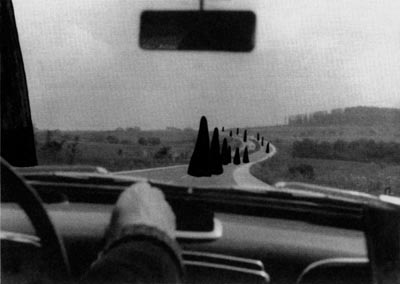













































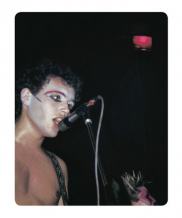
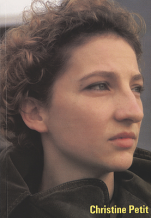
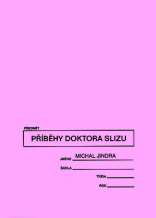
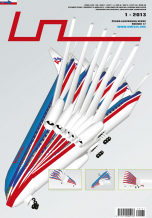


 New book by I.M.Jirous in English at our online bookshop.
New book by I.M.Jirous in English at our online bookshop.
Comentarios
Actualmente no hay comentariosAgregar nuevo comentario